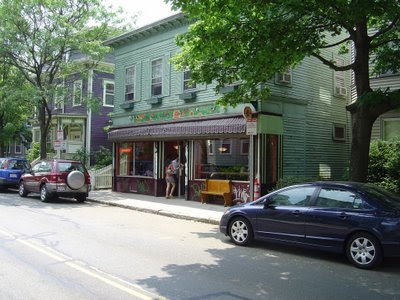Analog synths rule... for education
I just got my first analog synth: a Waldorf Pulse.
Today, most electronic music students work first with digital technologies, given the more and more accessible price of computers. That's one more reason why music schools should certainly keep on investing in analog gear. Analog synthesizers that I would suggest as teaching tools include the Moog Voyager series, or in the vintage ones, the Korg MS-20: students can work at home with the iPad iMS-20 app or with Korg's own software emulation.
Of course, at Harvard, we had 24 hour access to the Huseac studios, with their prototype Serge synthesizer and Buchla 100 modular synth... Hard to replicate!
I chose a Waldorf Pulse because it is rack mountable, and because of its extensive MIDI capabilities, including complete SysEx commands. That's great when you want analog synths to work nicely with modular digital environments such as Cycling 74's Max. But I'm surely going to use it for educational purposes too: I'm looking forward to analyzing waveforms and their spectral content, and to comparing them to digital emulations!



Comments
Post a Comment